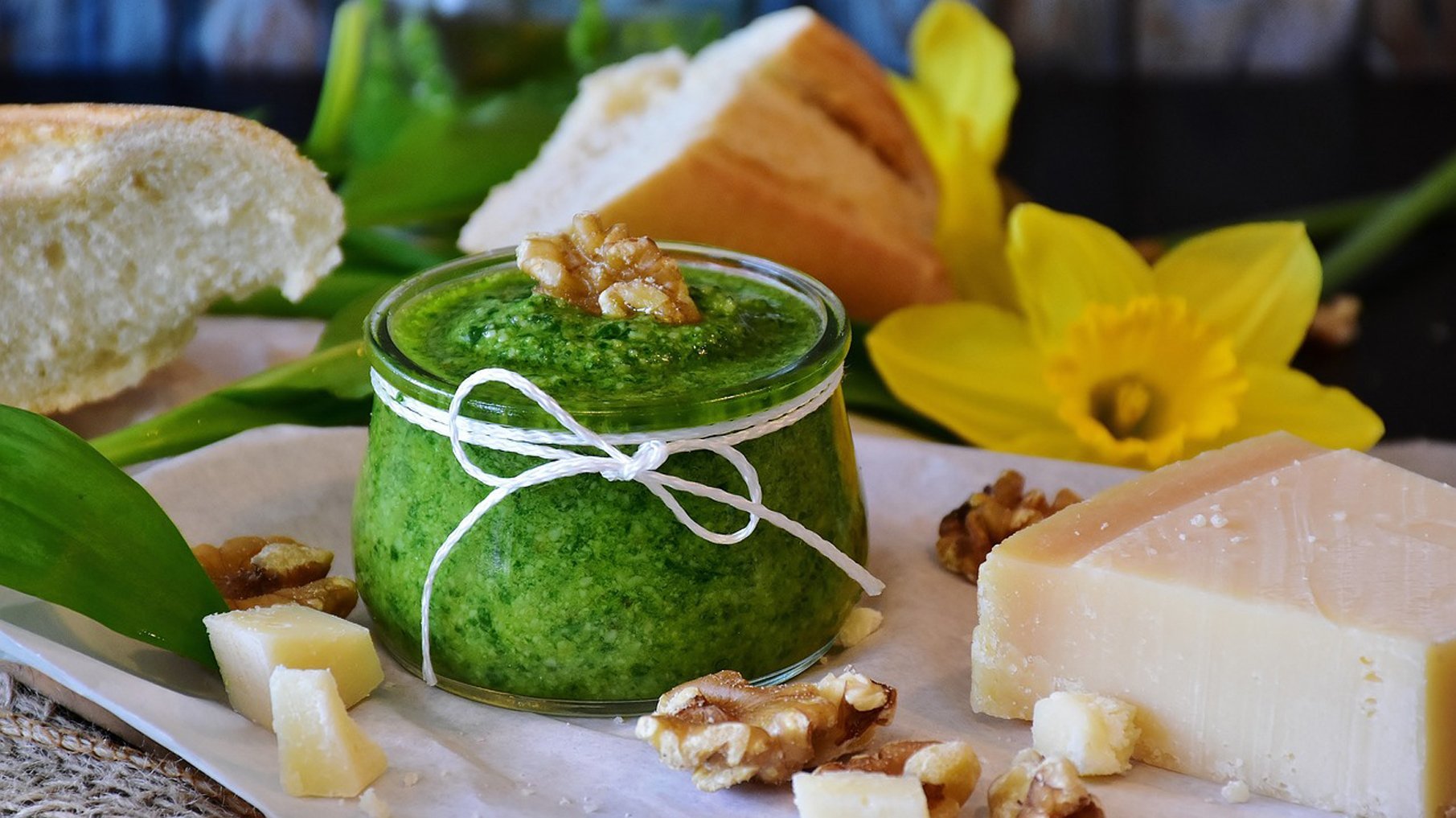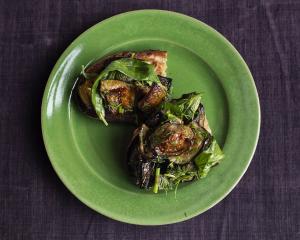
Spotting the first asparagus spears in the supermarket is a sure sign that summer is just around the corner. Since asparagus has such a short season (from late September to December), it is worth savouring while you can. But to truly enjoy this delicate vegetable, proper storage and preparation are key.
Whether you are cooking up a quick side dish or looking for ways to use the whole spear, here’s how to make the most of this seasonal treat.
USE IT QUICKLY
Fresh asparagus is best enjoyed within a couple of days of purchase. A good test for freshness is to gently rub the spears together—fresh asparagus will squeak, while older spears tend to be rubbery. To keep it at its best, store it right.
TREAT IT LIKE FLOWERS
Asparagus is a delicate vegetable that needs to be kept moist to stay crisp. Store it in the fridge, standing upright in a jar with a couple of centimetres of water, or wrap the bottoms in a wet paper towel. Be careful with the tips, as they are especially fragile. If your asparagus has gone limp, don’t worry—soaking it in cold water for a few minutes can revive it.
TO SNAP OR NOT TO SNAP?
Asparagus spears have tough, woody ends that are often discarded. while snapping the ends off is a quick method, it can waste almost a quarter of the spear. Another option is to trim the very ends and peel the thicker, tougher stalks with a vegetable peeler to retain more of the spear for cooking.
GET COOKING
The beauty of asparagus is its versatility and quick cooking time. Whether blanched, steamed, roasted, or grilled on the barbecue, it is best when cooked until just tender, but still crisp.
Serve with a drizzle of olive oil, a squeeze of lemon juice, topped with grated cheese or a dollop of hollandaise.
If your asparagus has lost its firmness, it is still perfect for making a creamy soup, quiche, or even a mousse.
WHAT TO DO WITH THE STALKS
Don’t toss out the tougher ends of asparagus! There are plenty of ways to make the most of them. Slice them thinly or peel thicker stalks to add to stir-fries or salads. You can also turn them into a tasty asparagus stalk pesto or use the woody ends to add depth to soups or stocks.
For something different, try adding them to your next batch of pickled vegetables for extra crunch. And if you don’t plan to eat them, composting the stalks is a great way to return nutrients to the earth.
STASH SOME FOR LATER
Want to enjoy asparagus after the season ends? Freezing is easy! Blanch the spears, dry them, and freeze them individually on a baking tray. Once frozen, store them in a labelled airtight container.
With these tips, you can make the most of every spear and enjoy the wonderful taste of spring well into the year!
For more
• Learn more at www.lovefoodhatewaste.co.nz or follow along @lovefoodhatewastenz
 Asparagus ends pesto
Asparagus ends pesto

Ingredients
1½ cups (approximately) asparagus ends
1 cup loosely packed herbs (basil and mint work well)
⅓ cup walnuts
Zest and juice of one small lemon
¼ cup olive oil
Salt and pepper, to taste
Method
Cook the asparagus ends until they are tender — you can do this in the microwave or by boiling them. Allow them to cool once cooked.
Place the asparagus in a food processor with the herbs, walnuts, lemon zest and juice, and olive oil.
Blend until smooth.
Season to taste.
Cooking tips
• You can use any combination of your favourite herbs to flavour this pesto
• Any combination of nuts and seeds, such as almonds, cashews, pine nuts and sunflower seeds can be used here as well.











